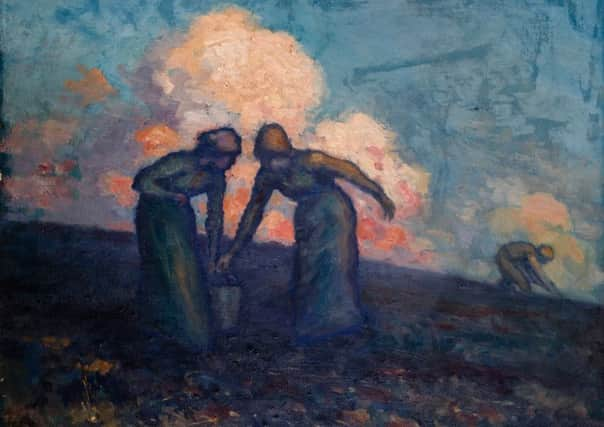AE Russell


Often in the shadow of his friend WB Yeats, George AE Russell was on the highest echelons of Irish society in the early part of the last century, despite humble beginnings in William Street.
Armagh Banbridge and Craigavon Council has planned a number of fascinating events to celebrate the birth of AE Russell who was born on April 10, 1867.
Advertisement
Hide AdAdvertisement
Hide AdA poet, artist, writer, journalist, economist and political activist, George Russell was a renowned pacifist who spoke widely during the troubled times at the beginning of the 20th century.


Using the pseudonym AE, he was a central figure in the Irish Literary Revival and life-long friend of William Butler (WB) Yeats.
As well as writing his own poetry and plays, Russell also supported and sponsored the work of other aspiring writers including such famous figures as Frank O’Connor, James Joyce, Patrick Kavanagh, Helen Waddell and even the American author Pamela Travers who would later write Mary Poppins.
He was noted for his exceptional kindness and generosity towards younger writers. Frank O’Connor later called him ‘the man who was the father to three generations of Irish writers’.
Advertisement
Hide AdAdvertisement
Hide AdAs editor of ‘The Irish Homestead’ and later ‘The Irish Statesman’ agricultural magazines he became an active advocate of the Agricultural Co-Operative Movement, which strove to alleviate rural poverty by encouraging co-operation among Irish Farmers. This movement later influenced the rise of the Credit Union movement.


Russell’s pacifist ideals also won him great fame throughout the world. In 1931, Russell was invited to meet Mahatma Gandhi in London, who of course also believed in non-violence. Russell was unable to meet him as his wife fell ill.
The French writer Simone Tery brilliantly summarised Russell’s multi-faceted personality and interests in her book “L’ile des Bards” writing:
“Do you want to know about providence, the origin of the universe, the end of the universe?
Go to AE.


Do you want to know about Gaelic literature?
Go to AE.
Do you want to know about the Celtic soul?
Go to AE.


Do you want to know about Irish History?
Go to AE.
Do you want to know about the export of eggs?
Go to AE.
Do you want to know how to run society?
Go to AE.
If you find life insipid -
Go to AE.
If you need a friend -
Go to AE.
Advertisement
Hide AdAdvertisement
Hide AdRussell died in 1935. He is buried in Mount Jerome Cemetery, Dublin.
A blue plaque marks the site of house in William Street, Lurgan.
The Lurgan Town Hall houses a bronze bust of Russell which was presented by the Irish Co-Operative Organisation Society in 1985.
In Dublin a plaque marks Russell’s house at 84 Merrion Square where he lived, while a bust of AE stands in Merrion Square Park.